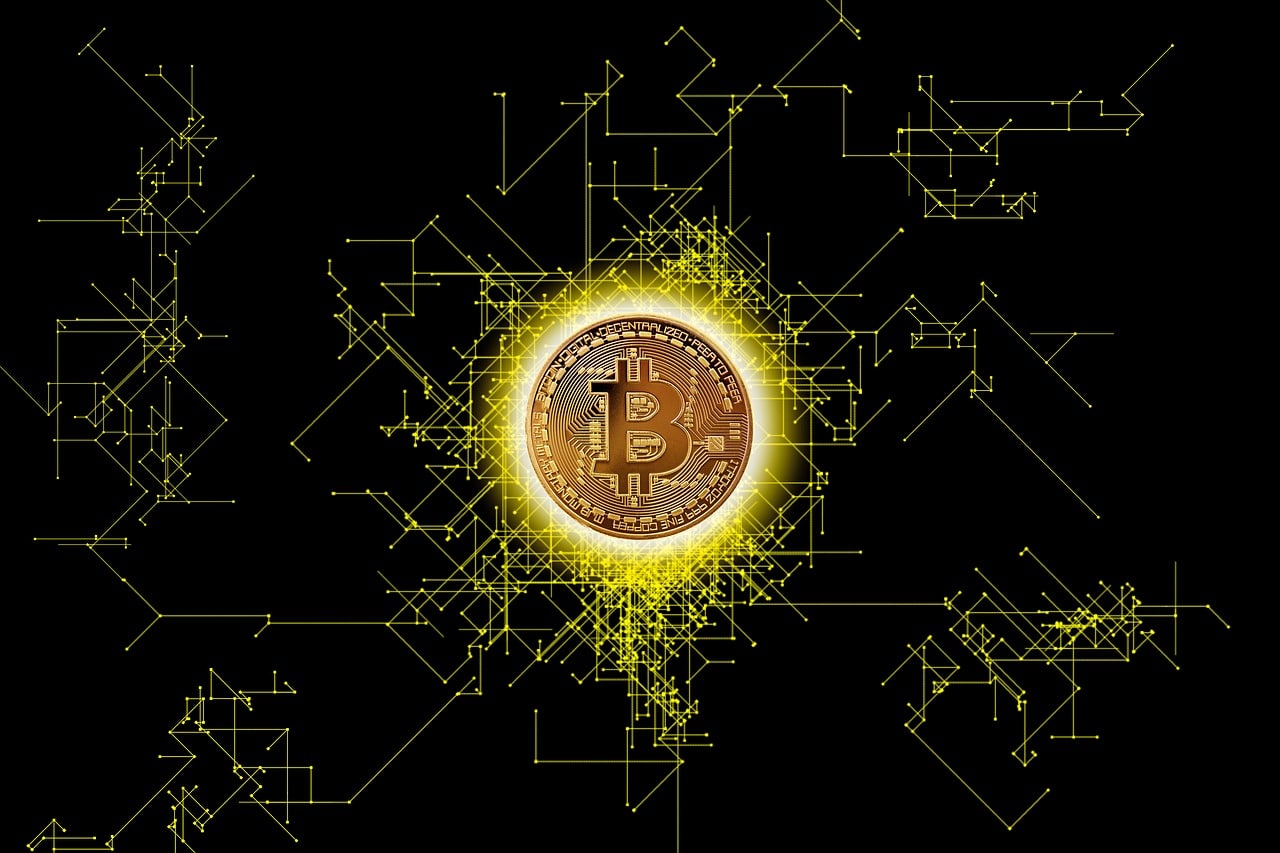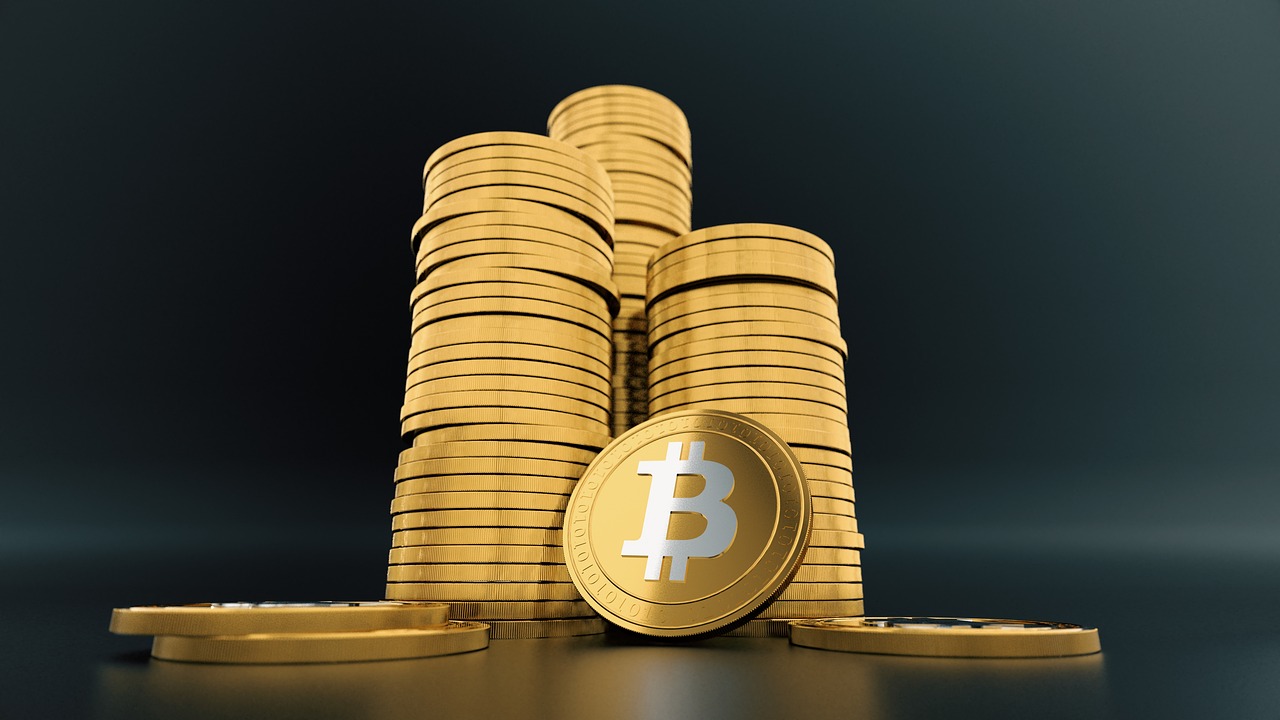Despite today’s drop, there are those who expect a second part of the 2021 bullrun for the price of bitcoin.
I feel like a little kid before x-mas that cannot wait to receive and open presents.
I can’t wait for the second part of the #bitcoin bull run to start.
— ₿ Didi Taihuttu ₿AM
(@Diditaihuttu) September 19, 2021
Each halving was followed by a bullrun for the price of Bitcoin
Every 210,000 blocks there is a halving of the BTC reward given to those who manage to mine a block on the Bitcoin blockchain. This halving is Bitcoin’s only monetary policy action.
It would take about 4 years to mine 210,000 blocks of Bitcoin’s blockchain, generating a 4-year cycle of its monetary policy. The average to date has been 3 years and 10 months, with the first halving in November 2012, after starting in January 2009, the second halving in July 2016 and the third in May last year.
So far the year following halving has always seen a bullrun, both in 2013 and 2017, and also in 2021.
In the two previous bullruns, the price peak was reached at the end of the year, between the end of November and mid-December, so many believe it is possible that the real peak is yet to come this year as well, since the ATH for now is that of mid-April.

Why actual bullrun is not over
At the moment, the current price is around $45,000, while the high was almost $65,000, in light of this reasoning there are those who believe that the 2021 bull run is not over, and that there could be a second one by the end of the year.
It is worth noting that in 2013 there were actually two bull runs, one at the beginning of the year and an even larger one at the end of the year, whereas in 2017 the real speculative bubble began to swell in the second half of September.
There are also those, like Michael Saylor, who argue that the highest returns on bitcoin are not actually obtained by trading, i.e. buying to sell again as soon as possible at a higher price, but by making BTC your reserve money, i.e. using it as a way of saving.
If you have a #Bitcoin or #Crypto business strategy, then the highest return, lowest risk, most rational behavior is to adopt #bitcoin as your treasury reserve asset. https://t.co/CBRNM81CFP
— Michael Saylor
(@michael_saylor) September 17, 2021
Saylor even calls this “the most rational behaviour”, regardless of trends and price movements.
If, however, the four-year cycle hypothesis is true, it should be remembered that in both previous cases, after the speculative bubble at the end of the year, which led to new highs, the price then fell, due precisely to the bursting of the bubble. In both cases it then took more than two years to recover, returning to the previous highs.
The post Bitcoin: the second part of the bullrun coming? appeared first on The Cryptonomist.

























